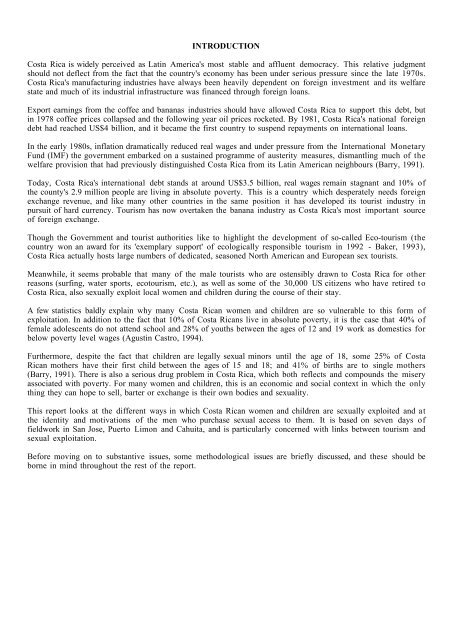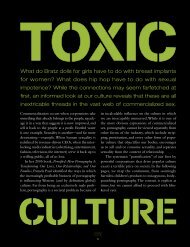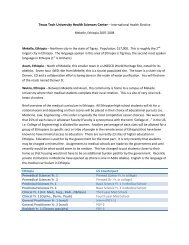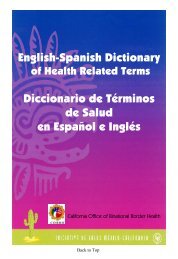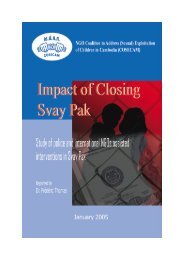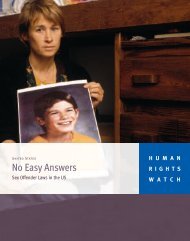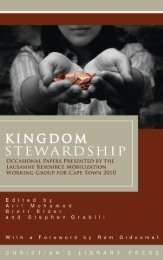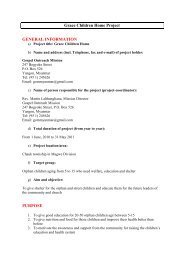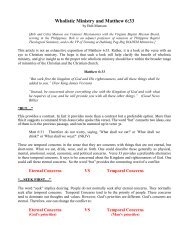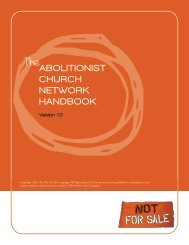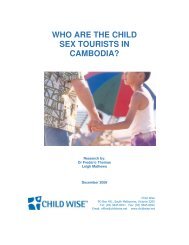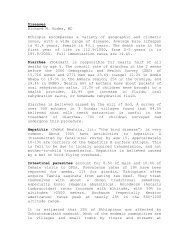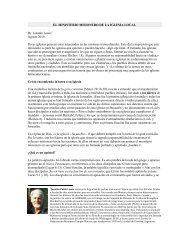Child Prostitution and Sex Tourism COSTA RICA - Consortium for ...
Child Prostitution and Sex Tourism COSTA RICA - Consortium for ...
Child Prostitution and Sex Tourism COSTA RICA - Consortium for ...
Create successful ePaper yourself
Turn your PDF publications into a flip-book with our unique Google optimized e-Paper software.
INTRODUCTIONCosta Rica is widely perceived as Latin America's most stable <strong>and</strong> affluent democracy. This relative judgmentshould not deflect from the fact that the country's economy has been under serious pressure since the late 1970s.Costa Rica's manufacturing industries have always been heavily dependent on <strong>for</strong>eign investment <strong>and</strong> its welfarestate <strong>and</strong> much of its industrial infrastructure was financed through <strong>for</strong>eign loans.Export earnings from the coffee <strong>and</strong> bananas industries should have allowed Costa Rica to support this debt, butin 1978 coffee prices collapsed <strong>and</strong> the following year oil prices rocketed. By 1981, Costa Rica's national <strong>for</strong>eigndebt had reached US$4 billion, <strong>and</strong> it became the first country to suspend repayments on international loans.In the early 1980s, inflation dramatically reduced real wages <strong>and</strong> under pressure from the International MonetaryFund (IMF) the government embarked on a sustained programme of austerity measures, dismantling much of thewelfare provision that had previously distinguished Costa Rica from its Latin American neighbours (Barry, 1991).Today, Costa Rica's international debt st<strong>and</strong>s at around US$3.5 billion, real wages remain stagnant <strong>and</strong> 10% ofthe county's 2.9 million people are living in absolute poverty. This is a country which desperately needs <strong>for</strong>eignexchange revenue, <strong>and</strong> like many other countries in the same position it has developed its tourist industry inpursuit of hard currency. <strong>Tourism</strong> has now overtaken the banana industry as Costa Rica's most important sourceof <strong>for</strong>eign exchange.Though the Government <strong>and</strong> tourist authorities like to highlight the development of so-called Eco-tourism (thecountry won an award <strong>for</strong> its 'exemplary support' of ecologically responsible tourism in 1992 - Baker, 1993),Costa Rica actually hosts large numbers of dedicated, seasoned North American <strong>and</strong> European sex tourists.Meanwhile, it seems probable that many of the male tourists who are ostensibly drawn to Costa Rica <strong>for</strong> otherreasons (surfing, water sports, ecotourism, etc.), as well as some of the 30,000 US citizens who have retired toCosta Rica, also sexually exploit local women <strong>and</strong> children during the course of their stay.A few statistics baldly explain why many Costa Rican women <strong>and</strong> children are so vulnerable to this <strong>for</strong>m ofexploitation. In addition to the fact that 10% of Costa Ricans live in absolute poverty, it is the case that 40% offemale adolescents do not attend school <strong>and</strong> 28% of youths between the ages of 12 <strong>and</strong> 19 work as domestics <strong>for</strong>below poverty level wages (Agustin Castro, 1994).Furthermore, despite the fact that children are legally sexual minors until the age of 18, some 25% of CostaRican mothers have their first child between the ages of 15 <strong>and</strong> 18; <strong>and</strong> 41% of births are to single mothers(Barry, 1991). There is also a serious drug problem in Costa Rica, which both reflects <strong>and</strong> compounds the miseryassociated with poverty. For many women <strong>and</strong> children, this is an economic <strong>and</strong> social context in which the onlything they can hope to sell, barter or exchange is their own bodies <strong>and</strong> sexuality.This report looks at the different ways in which Costa Rican women <strong>and</strong> children are sexually exploited <strong>and</strong> atthe identity <strong>and</strong> motivations of the men who purchase sexual access to them. It is based on seven days offieldwork in San Jose, Puerto Limon <strong>and</strong> Cahuita, <strong>and</strong> is particularly concerned with links between tourism <strong>and</strong>sexual exploitation.Be<strong>for</strong>e moving on to substantive issues, some methodological issues are briefly discussed, <strong>and</strong> these should beborne in mind throughout the rest of the report.


